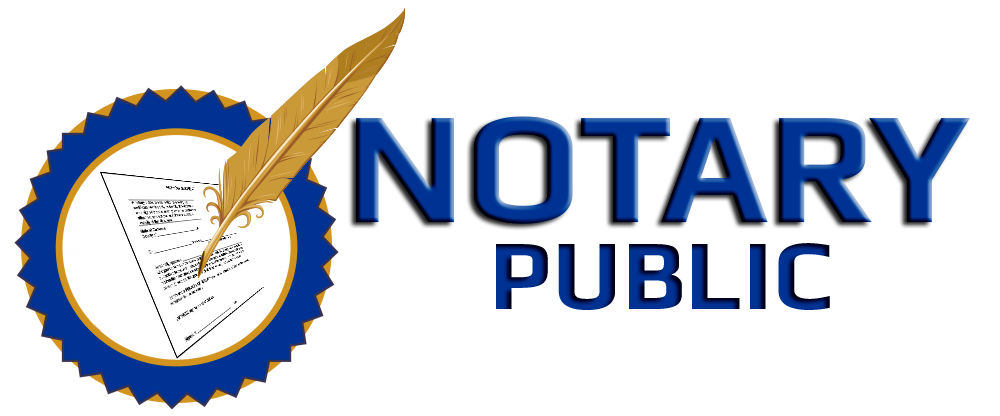Guide to Buying a Home
- Select a Realtor® and establish a relationship
We are full time, professional Realtors® with extensive market knowledge. We will work closely together to find the right home for you. - Consult with your Realtor® to evaluate your needs and resources
Once we establish your needs, we will provide guidance to financial institutions where you can obtain information in order to get the best financing available. We will meet with you to discuss your needs and analyze your resources. - Identify property to buy
We will show you homes based on the criteria that we establish together. The more precise and direct you are with us, the more successful your search will be. - Determine seller’s motivation
Once you have found the home that you wish to purchase, we will do all the necessary research to help you structure an effective offer. - Write offer to purchase
We will draft the Purchase Agreement for you, advising you on protective contingencies, customary practices, and local regulations. At this time you will need to provide an “earnest money” deposit, usually from 1 to 3% of the purchase price. (This deposit is not cashed until your offer has been accepted by the Seller). - Present offer
We will present your offer to the Seller and the Seller’s agent. The Seller has three options: they can accept your offer, counter your offer, or reject your offer. Our personal knowledge of your needs and qualifications will enable us to represent you in the best way possible. - Review seller’s response
We will review the Seller’s response with you. Our negotiating skills and knowledge will benefit you in reaching a final agreement. - Open escrow
When the Purchase Agreement is accepted and signed by all parties, we will open escrow for you. At this time your earnest money will be deposited. The escrow, or title company will receive, hold, and disburse all funds associated with your transaction. - Begin contingency period
The contingency period is the time allowed, per your Purchase Agreement, to obtain financing, perform inspections, and satisfy any other contingencies to which your purchase is subject. Typical contingencies include:
- Approval of the Seller’s Transfer DisclosureStatement
- Approval of the Preliminary Title Report
- Loan approval, including an appraisal of the property
- Physical inspectionsof the property
- Pest inspection and
certification
- Approval of the Seller’s Transfer DisclosureStatement
- Acquire homeowner’s insurance
We will coordinate between your Insurance Agent and the Title Officer to make sure your policy is in effect at the close of escrow. - Make down payment
You will need a Cashier’s Check or money transfer several days prior to the closing date of escrow. - Close escrow
When all the conditions of the Purchase Agreement have been met, you will sign your loan documents closing papers. You will deposit the balance of your down payment and closing costs to escrow and your lender will deposit the balance of the purchase price. The Deed will then be recorded at the County Recorder’s office and you will take ownership of your home.
Professional Property Management
Services we offer:
Bay Area
East Bay Area
West Contra Costa
Central Contra Costa
East Contra Costa
Alamo
American Canyon Central
Antioch
Bay Point
Benicia
Berkeley
Canyon Central Contra Costa
Castro Valley
Danville
Dublin
East Contra Costa
Emeryville
Fairfield
Hayward
Hercules
Lamorinda
Marin
Napa
Novato
Oakland
Pittsburg
Pleasanton
Port Costa
Richmond
Rodeo
San Francisco
San Leandro
San Pablo
San Rafael
San Ramon
Solano
Sonoma
Vallejo
Professional Property Management and Professional Property Management symbol are registered service marks of Professional Property Management. Professional Property Management fully supports the principles of the Fair Housing Act and the Equal Opportunity Act.
All information deemed reliable but not guaranteed. Listings are subject to errors, omissions, changes in price, prior sale, rent & withdrawal without notice. All Rights Reserved.
The design of this website and its contents are protected by copyright and any unauthorized reproduction, whether in whole or in part, is prohibited.







